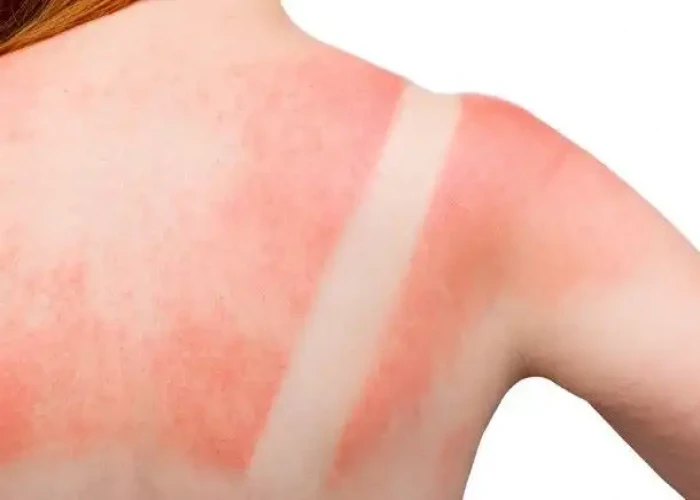 Welcome
Welcome
“May all be happy, may all be healed, may all be at peace and may no one ever suffer."
Sunburn
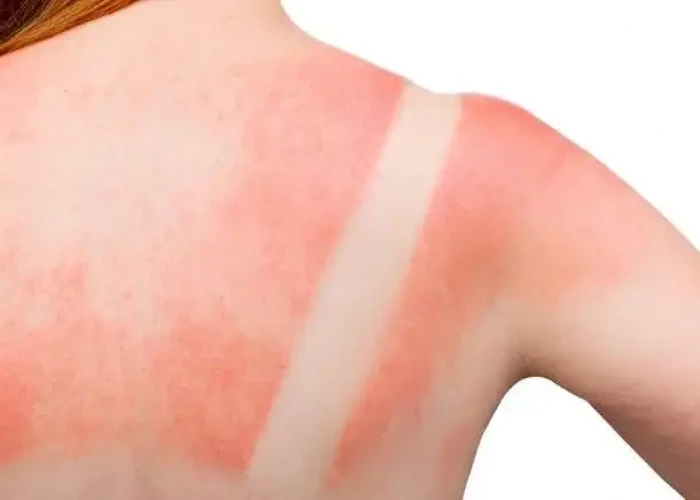
Sunburn is a common condition that occurs when the skin is exposed to too much ultraviolet (UV) radiation from the sun or artificial sources such as tanning beds. The skin becomes red, painful, and may blister, peel or feel itchy.
The severity of sunburn depends on several factors such as the amount of time spent in the sun, the strength of the UV radiation, and the person's skin type. People with fair skin, light-colored hair, and light-colored eyes are more susceptible to sunburn than those with darker skin tones.
To prevent sunburn, it is important to take measures to protect your skin from the sun, including:
- Wearing protective clothing, such as a wide-brimmed hat and long-sleeved shirts
- Applying sunscreen with a sun protection factor (SPF) of at least 30, and reapplying every 2 hours or after swimming or sweating
- Staying in the shade during peak sun hours, usually from 10 a.m. to 4 p.m.
If you do get sunburned, you can take the following steps to alleviate symptoms:
- Apply a cool compress or take a cool bath or shower to soothe the skin
- Apply aloe vera or a moisturizer to the affected area to relieve dryness and itching
- Drink plenty of water to stay hydrated
- Take over-the-counter pain relievers, such as ibuprofen or acetaminophen, to relieve pain and reduce inflammation
In severe cases, such as when sunburn covers a large portion of the body or causes fever or chills, it is important to seek medical attention.
Research Papers
Disease Signs and Symptoms
- Red skin
- Sunburn signs and symptoms usually appear within a few hours after sun exposure. But it may take a day or more to know how severe the sunburn is.
- Eyes, which are extremely sensitive to the sun's UV light, also can burn.
- Eyes that feel painful or gritty
- Headache, fever, nausea and fatigue, if the sunburn is severe
- Small fluid-filled blisters, which may break
- Skin that feels warm or hot to the touch
- Sunburn
- Eyelid pain
- Fatigue (Tiredness)
- Nausea or vomiting
- Fever
- Headaches
- Blisters
- Swollen skin
- Skin may temporarily have an irregular color and pattern. A bad sunburn may take several days to heal.
Disease Causes
Sunburn
Sunburn is caused by too much exposure to ultraviolet (UV) light. UV light may be from sunlight or artificial sources, such as sunlamps and tanning beds.
Melanin is the dark pigment in the skin's outer layer that gives skin its normal color. When you're exposed to UV light, your body protects itself by producing melanin faster. The extra melanin creates tan. A suntan is the body's way of blocking UV rays to prevent sunburn. But the protection only goes so far. Too much UV light causes skin to burn.
You can get sunburn on cool or cloudy days. Snow, sand, water and other surfaces can reflect UV rays that cause the skin to burn too.
Disease Prevents
Sunburn
Use these methods to prevent sunburn, even on cool, cloudy or hazy days. And be extra careful around water, snow and sand because they reflect the sun's rays. In addition, UV light is more intense at high altitudes.
- Avoid sun exposure between 10 a.m. and 4 p.m. The sun's rays are strongest during these hours, so try to schedule outdoor activities for other times. If you can't do that, limit the time you're in the sun. Seek shade when possible.
- Avoid sun tanning and tanning beds. Getting a base tan doesn't decrease your risk of sunburn.
- Cover up. When outside, wear a wide-brimmed hat and clothing that covers you, including your arms and legs. Dark colors offer more protection, as do tightly woven fabrics. Consider using outdoor gear specially designed to provide sun protection. Check the label for its ultraviolet protection factor (UPF), which indicates how well a fabric blocks sunlight. The higher the UPF number, the better.
- Use sunscreen frequently and generously. Apply water-resistant sunscreen and lip balm with an SPF of 30 or greater and broad-spectrum protection against ultraviolet A (UVA) and ultraviolet B (UVB) rays.
- About 15 to 30 minutes before going outdoors, apply sunscreen generously on skin that won't be protected by clothing. Put on more sunscreen every 2 hours and after swimming or sweating. If you're also using insect repellent, apply the sunscreen first. The American Academy of Dermatology does not recommend products that combine an insect repellent with a sunscreen.
- The Food and Drug Administration requires all sunscreen to retain its original strength for at least three years. Check the sunscreen labels for directions on storing and expiration dates. Throw away sunscreen if it's expired or more than three years old.
- Protect babies and toddlers. The American Academy of Pediatrics recommends using other forms of sun protection, such as shade or clothing, for babies under 6 months. When that's not possible, apply sunscreen with at least 15 SPF to the face and back of the hands. The American Academy of Dermatology recommends not using sunscreen on children under 6 months. Keep them cool, hydrated and out of direct sunlight.
- If sun protective clothing and shade aren't available, consider using sunscreen on babies and toddlers. Use products that contain physical blockers (titanium oxide, zinc oxide), as they may cause less skin irritation.
- Wear sunglasses when outdoors. Choose sunglasses with UVA and UVB protection. Check the UV rating on the label when buying new glasses. Darker lenses are not necessarily better at blocking UV rays. It also helps to wear sunglasses that fit close to your face or have wraparound frames.
- Be aware of sun-sensitizing medications. Some common prescription and over-the-counter drugs, including antibiotics, retinoids and ibuprofen, can make skin more sensitive to sunlight. Talk with your pharmacist or doctor about the side effects of medications you take.
Disease Treatments
If you've been sunburned, it may take two days for the severity of your burn to become evident and several more days for your skin to begin to heal.
Sunburn treatment doesn't heal your skin, but it can reduce pain, swelling and discomfort. If care at home doesn't help or your sunburn is very severe, your doctor might offer additional treatments or admit you to a hospital.
Disease Diagnoses
Disease Allopathic Generics
Disease Ayurvedic Generics
Disease Homeopathic Generics
Disease yoga
Sunburn and Learn More about Diseases
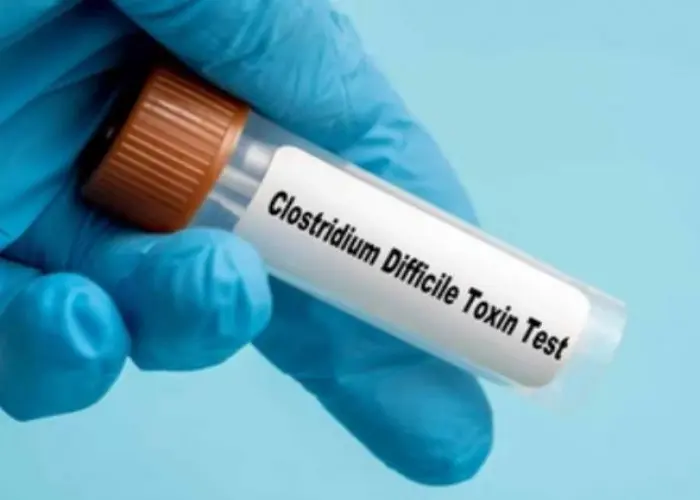
Antibiotic-associated diarrhea

Vulvodynia
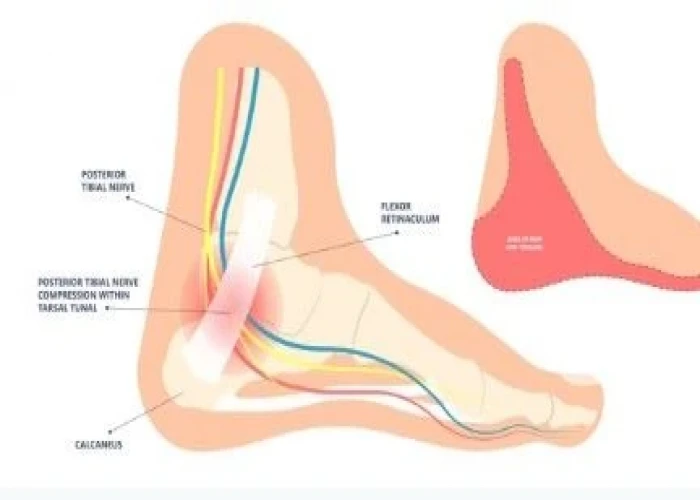
Popliteal artery entrapment syndrome

Dry skin

Helicobacter pylori (H. pylori) infection
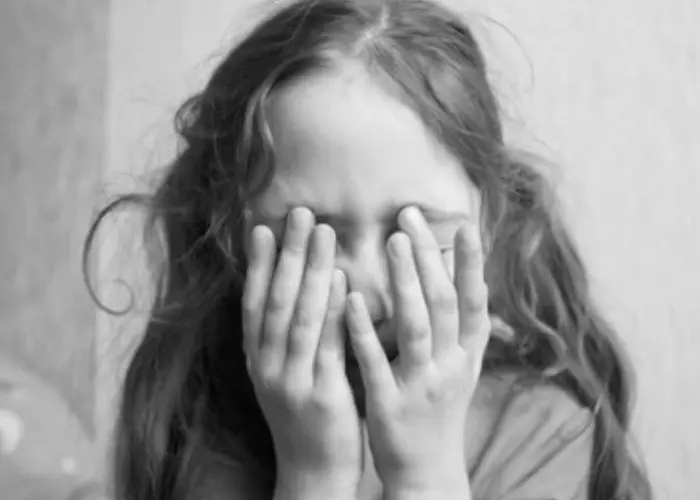
Childhood schizophrenia

Prader-Willi syndrome
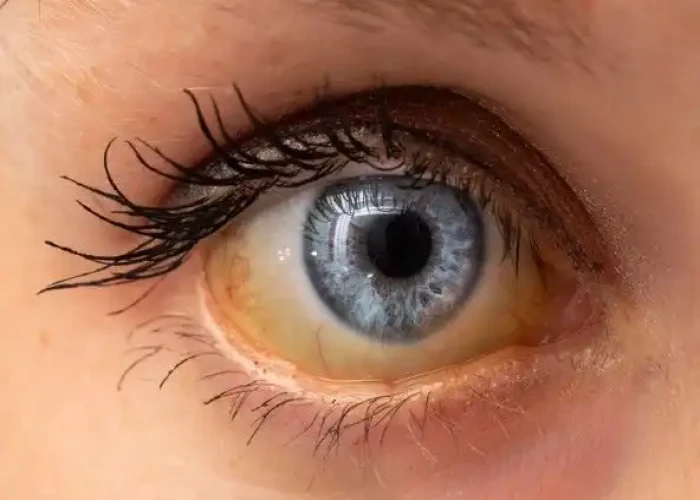
Yellow fever
sunburn, সানবার্ন
To be happy, beautiful, healthy, wealthy, hale and long-lived stay with DM3S.
